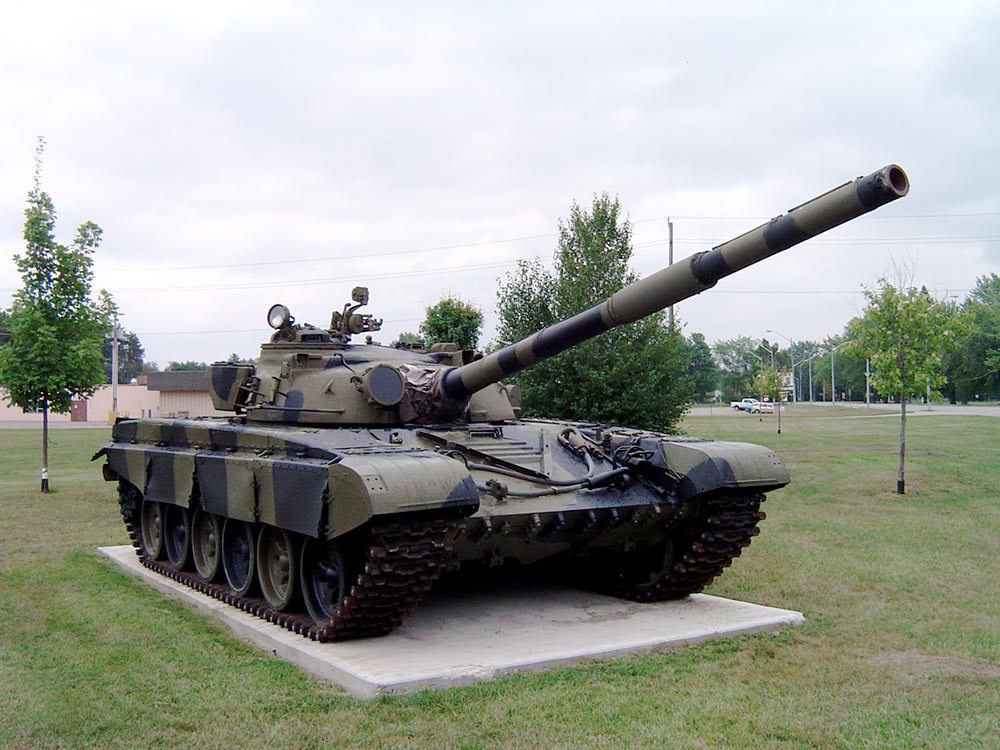Havana – The latest announcement by Russia on concluding a deal with Nicaragua, selling them 50 T-72 tanks, has raised concerns among some regional countries such as Costa Rica and Honduras.
The two countries considered this step “unnecessary” as it could change the regional military balance.
Minister of Foreign Affairs Manuel Gonzalez said Costa Rica is concerned that a reported delivery of Russian tanks to its neighbor Nicaragua could militarize Central America.
For its part, Russia’s Ministry of Foreign Affairs said that it appreciates Latin America’s peaceful environment, confirming that arming Nicaragua does not intend to cause regional imbalance.
Moreover, official sources stressed that publishing this kind of news prior to the presidential elections in the country aims at serving the opposition, which strongly opposes re-electing the current president.
The Foreign Minister said the region needed more investment in healthcare, technology and infrastructure, rather than in military hardware.
The T-72 was developed in the former Soviet Union and is still widely used around the world.
According to military experts, the weapon sales give Russia a chance to expand its sphere of influence in Latin America, where it has few beachheads.
Along with the sale of fighter planes, naval ships, partnerships for civilian aerospace facilities and intelligence assistance with patrolling Nicaragua’s coastline for drug runners, Russia has a unique relationship with Nicaragua compared to other Central American countries.
Hence, Russia’s cozy military relationship with Nicaragua, which is rapidly evolving into a single-party regime, is raising concerns in Washington.
The Obama administration is “closely monitoring” Russia’s presence in Nicaragua and is expressing concern about the lack of democratic space.
Notably, Russian Military aid amounted to $26.5 million in 2011, and a “fleet of Tiger armored vehicles” was provided by Russia in 2013.
President Vladimir Putin made a quick visit to Nicaragua in 2014, and soon after that visit the Nicaraguan Parliament approved the building of Russian GLONASS tracking station on Nicaragua’s Caribbean coast.
Additional sources, including past statements by Russia’s ambassador to Nicaragua, indicate that the satellite tracking station may also include a port facility for Russian ships to use for resupply and refueling when operating in the area.
Russian media claim the Nicaragua tracking station will improve the GLONASS navigation system (an alternative to the U.S. GPS system). Nicaraguan government base supporters claim that the project will make Nicaragua a Central American leader in space.
These echoes of Cold War beg the question—why? It does not appear to be domestic politics, or some ambitious plan of the Nicaraguan government; rather, it is more likely driven by Putin’s desire to create mischief in America’s sphere of influence at a low cost, while providing some direct benefit to Russia’s ailing economy.
